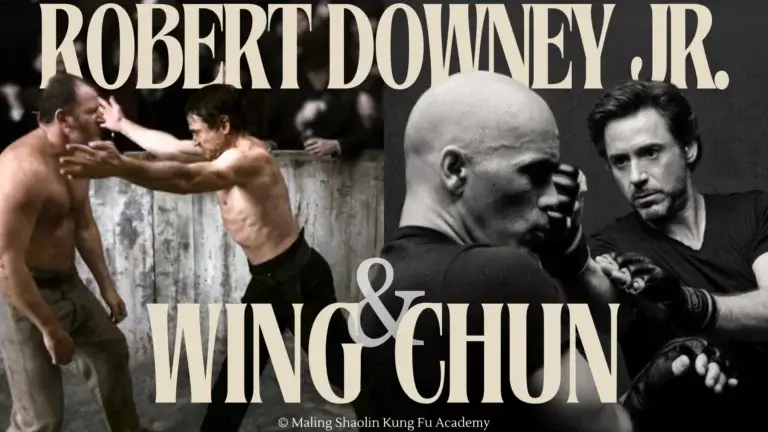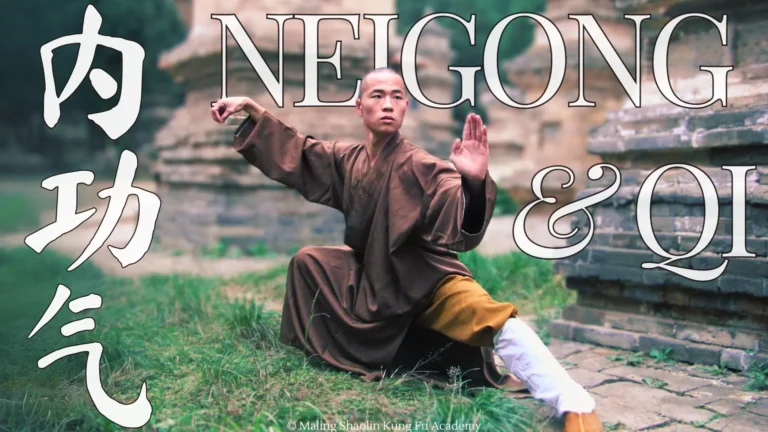Exploring Tradition, Technique, & Depictions in Popular Culture
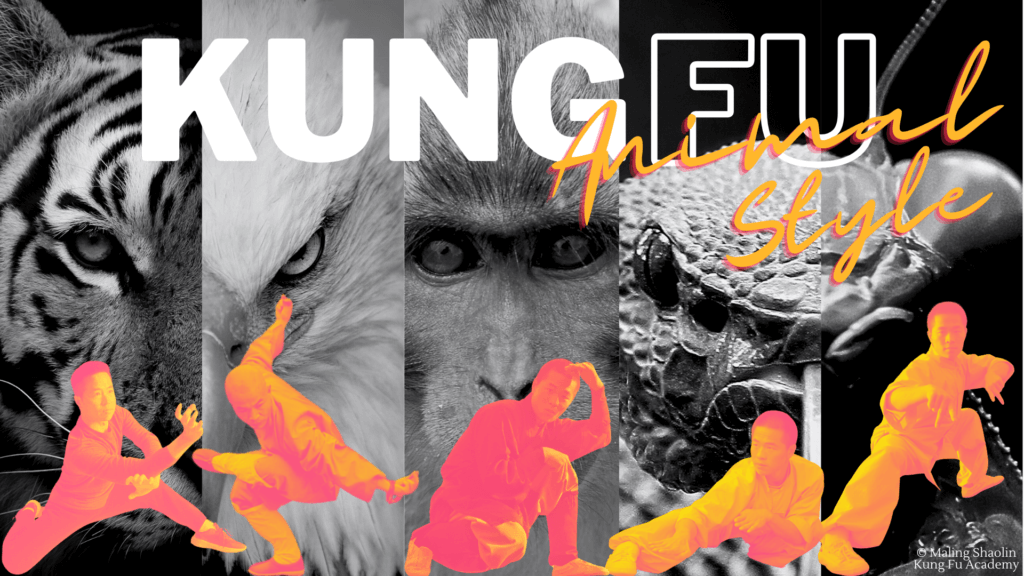
In the realm of traditional martial arts, few practices carry the mystique and allure of the legendary Kung Fu animal styles. Rooted in ancient Chinese traditions and popularized by the revered Shaolin warrior monks, these distinctive fighting techniques have captivated practitioners and enthusiasts for centuries. Influenced by the movements and traits of different animals, the styles present a diverse array of techniques, philosophies, and traditions. In this blog post, we embark on a journey to explore the fascinating world of Kung Fu animal styles as wielded by the Shaolin warrior monks, delving into their origins, characteristics, and significance in martial arts history, as well as their enduring presence in popular culture.
Primary Styles
The Kung Fu animal styles of the Shaolin warrior monks are not merely physical techniques but also embody profound philosophical principles and spiritual teachings. Through the practice of these styles, practitioners learn to harmonize body, mind, and spirit, cultivating virtues such as discipline, perseverance, and compassion. Additionally, the animal styles serve as a tangible connection to nature, fostering a deep reverence for the natural world and its inherent wisdom. It is important to note, some traditional practitioners consider Tiger and Leopard, and Dragon and Snake styles, respectively, to be essentially the same styles and in no need of distinction.
Tiger Style (Hu Quan):
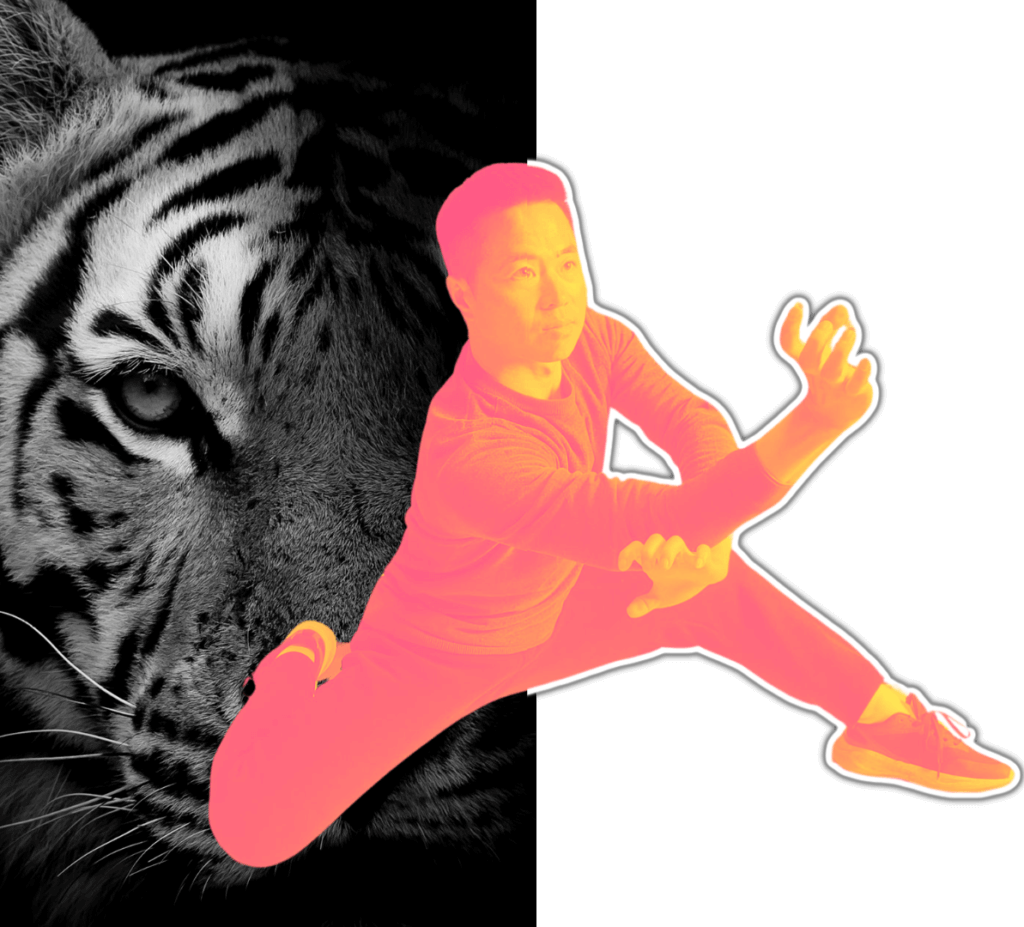
Originating from the ferocity and power of the tiger, Tiger Style Kung Fu is characterized by its aggressive, explosive movements and emphasis on strength and intimidation. Practitioners of Tiger Style often employ powerful strikes, clawing motions, and low stances to overwhelm opponents. Specific forms include “Tiger Claw” and “Tiger Tail,” which incorporate techniques such as claw strikes, sweeps, and powerful punches. Mastery of Tiger Style requires discipline, focus, and physical conditioning, with practitioners dedicating years to honing their skills.
Crane Style (He Quan):
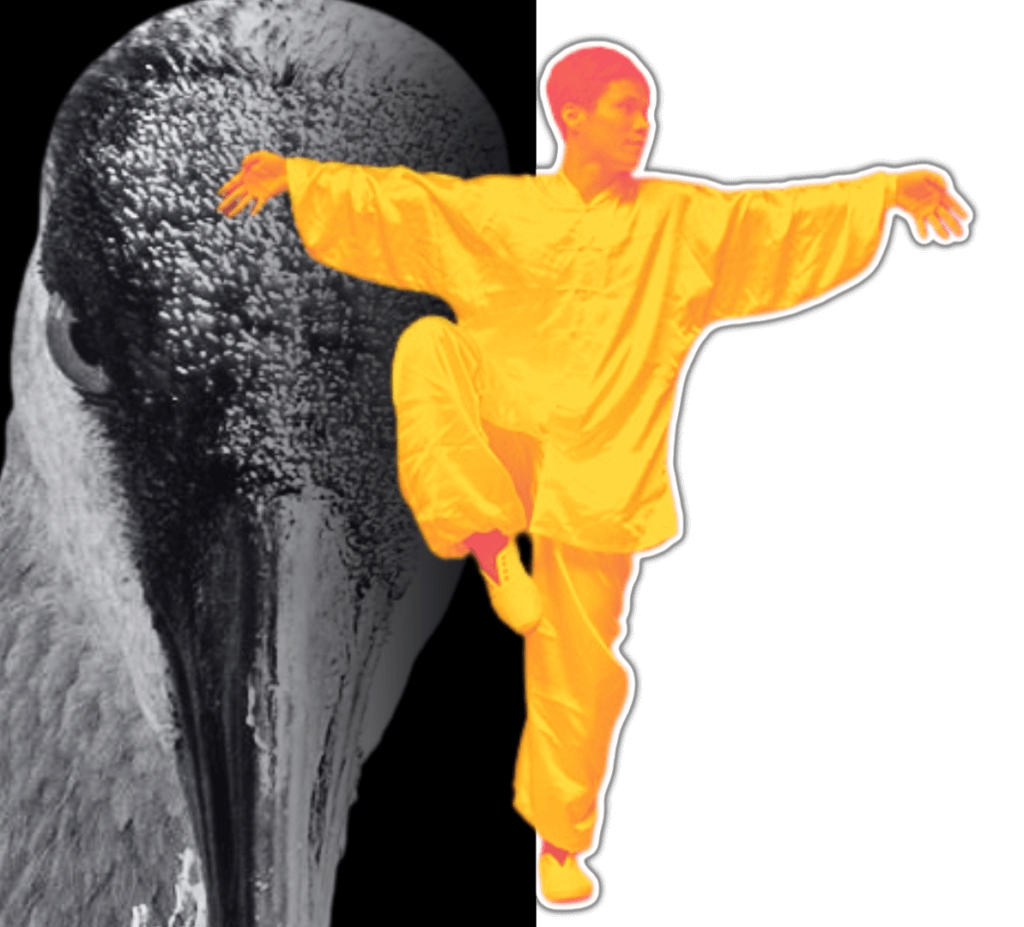
Crane Style Kung Fu draws inspiration from the graceful and evasive movements of the crane bird. Known for its balance, precision, and agility, Crane Style emphasizes fluid, circular movements and the use of long-range attacks. Forms such as “White Crane Spreads Wings” and “Crane Beak Strikes” incorporate techniques like open-handed strikes, rapid footwork, and counterattacks. Mastery of Crane Style requires practitioners to cultivate patience, timing, and sensitivity, as well as develop strong leg muscles for stability and balance.
Dragon Style (Long Quan):
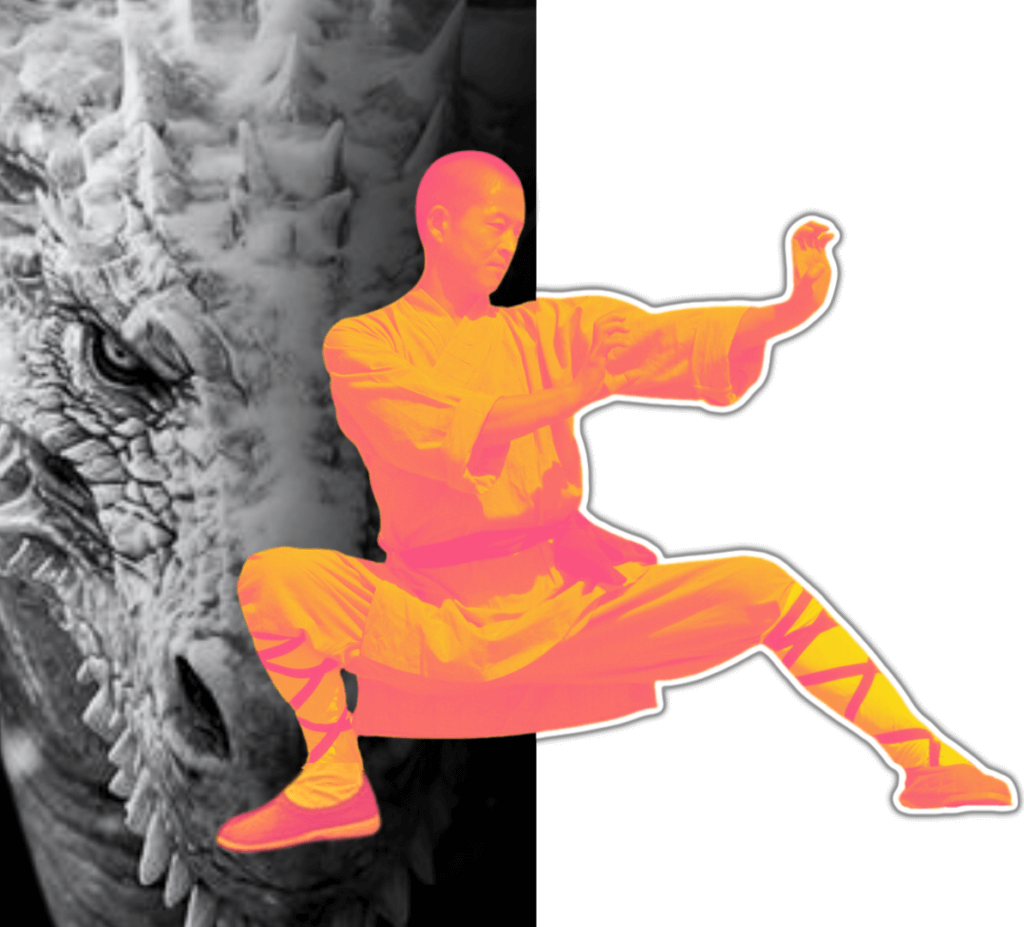
The Dragon, with its fluidity and adaptability, serves as the inspiration for Dragon Style Kung Fu. Characterized by its flowing, circular movements and focus on internal energy cultivation, Dragon Style emphasizes grace, flexibility, and mindfulness. Forms such as “Dragon Whips Tail” and “Dragon Soars Through Clouds” incorporate techniques like spiraling motions, coiling strikes, and dynamic footwork. Mastery of Dragon Style demands patience, discipline, and deep understanding of internal energy principles, with practitioners dedicating themselves to lifelong cultivation.
Snake Style (She Quan):
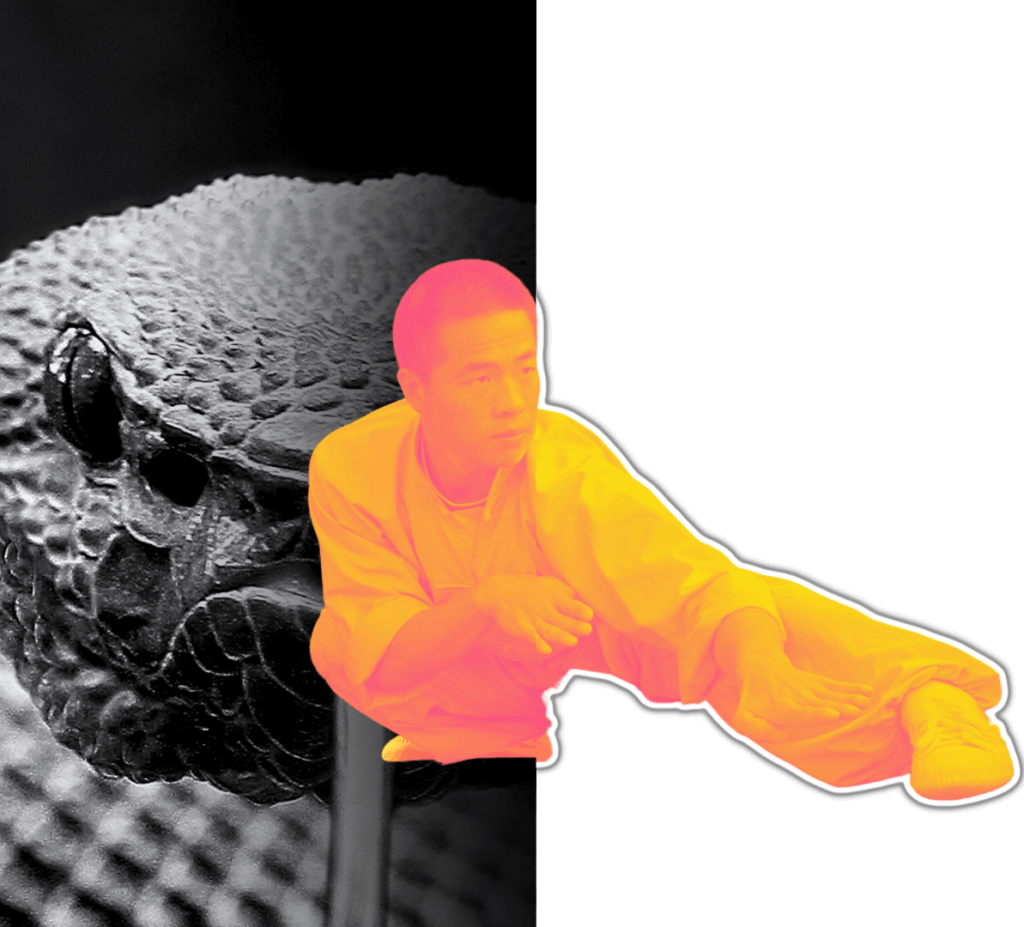
Snake Style Kung Fu, inspired by the sinuous movements of the snake, prioritizes flexibility, subtlety, and precision. Practitioners of Snake Style utilize fluid, flowing movements and rapid strikes to outmaneuver and overwhelm opponents. Forms such as “Snake Slithers Through Grass” and “Cobra Strikes” incorporate techniques like snapping strikes, coiling motions, and joint locks. Mastery of Snake Style requires practitioners to develop sensitivity, timing, and agility, as well as cultivate a deep understanding of body mechanics and leverage.
Leopard Style (Bao Quan):
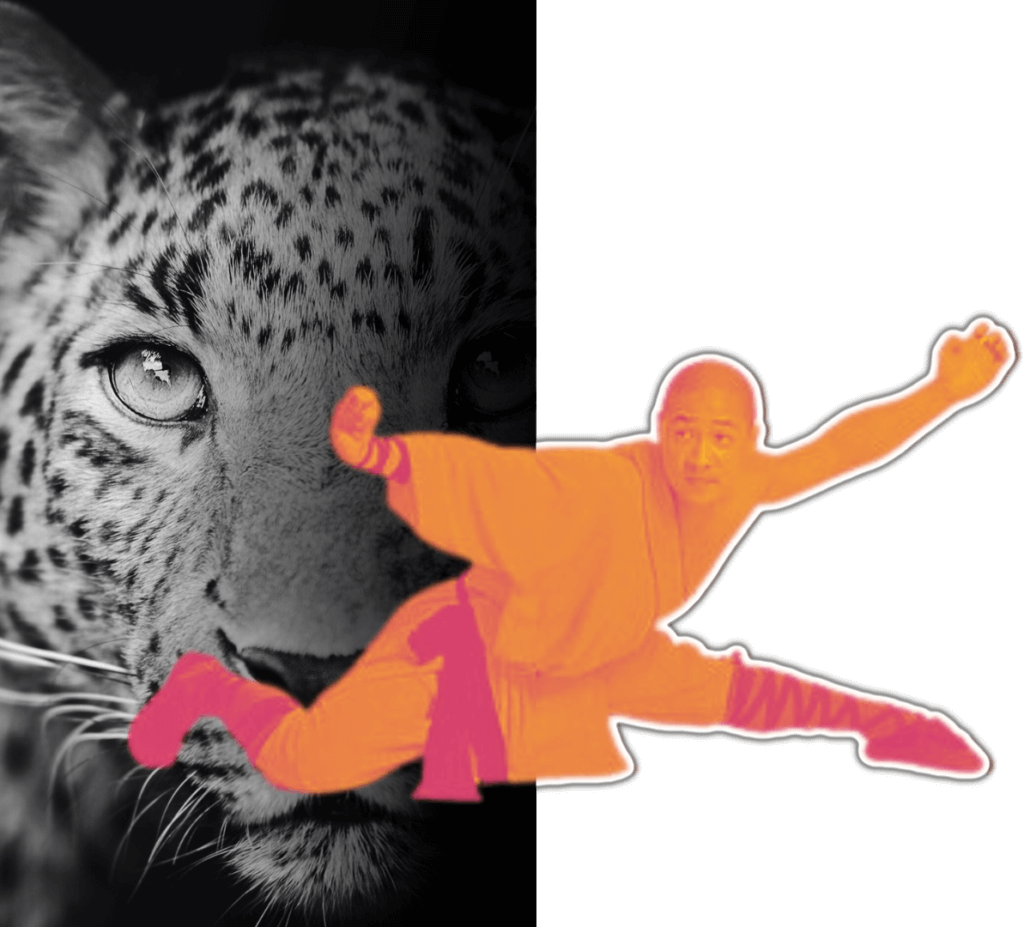
Leopard Style Kung Fu, reflecting the speed and agility of the leopard, emphasizes explosive power, rapid movements, and relentless aggression. Practitioners of Leopard Style employ quick, darting attacks and evasive footwork to surprise and overwhelm opponents. Forms such as “Leopard Pounces on Prey” and “Leopard’s Claw” incorporate techniques like rapid strikes, leaping movements, and grappling techniques. Mastery of Leopard Style demands physical conditioning, speed, and reflexes, with practitioners training extensively to develop explosive power and lightning-fast reactions.
Monkey Style (Hou Quan):
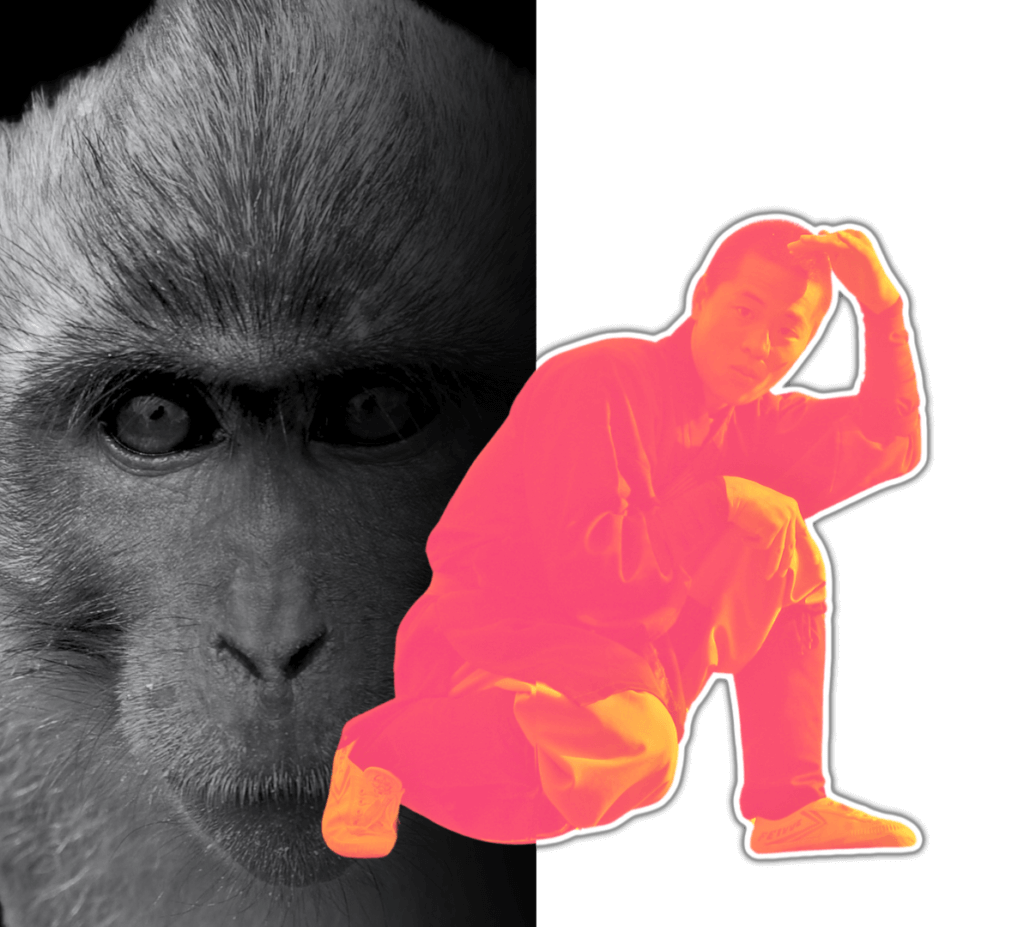
Monkey Style Kung Fu, inspired by the agility and unpredictability of the monkey, emphasizes acrobatic movements, agility, and misdirection. Practitioners of Monkey Style utilize agile footwork, deceptive maneuvers, and quick strikes to confuse and outmaneuver opponents. Forms such as “Monkey Steals Peach” and “Monkey Plays with Stick” incorporate techniques like jumping kicks, rolling movements, and rapid hand strikes. Mastery of Monkey Style requires practitioners to develop flexibility, creativity, and adaptability, as well as cultivate a playful and unpredictable fighting spirit.
Mantis Style (Tang Lang Quan):
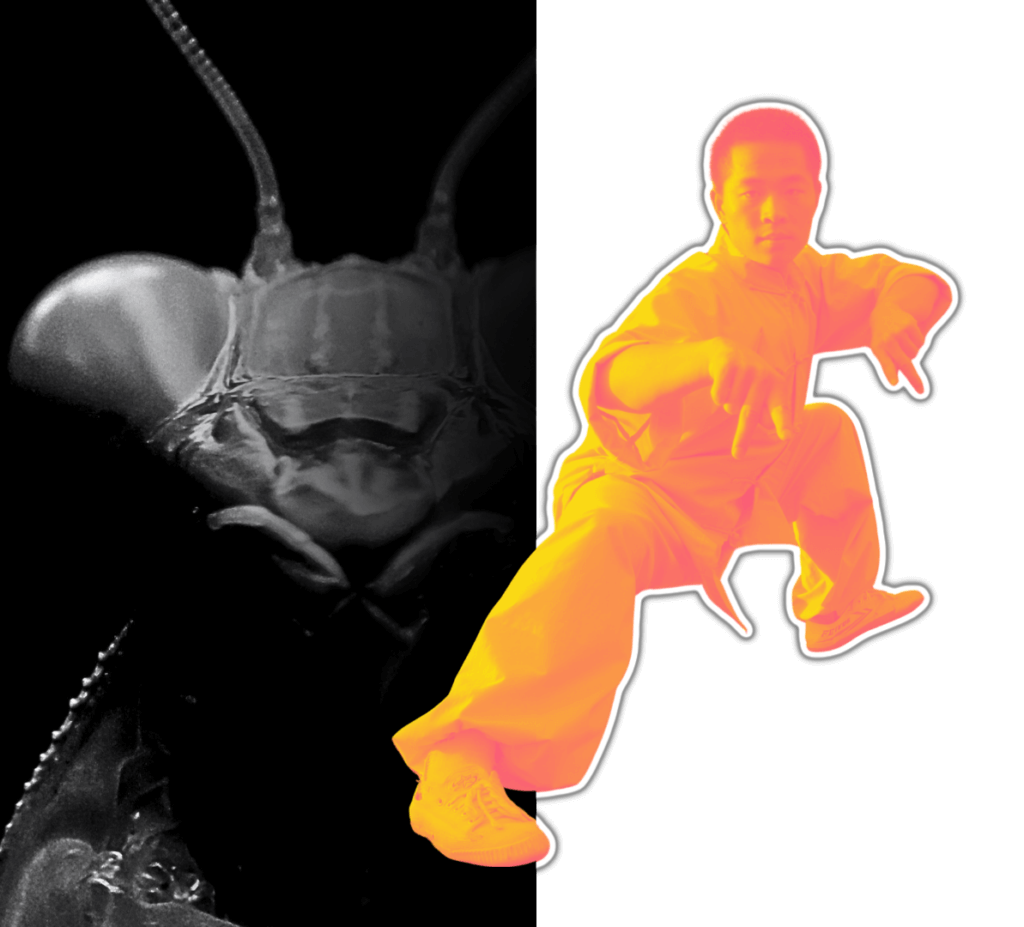
Mantis Style Kung Fu, modeled after the praying mantis, focuses on precision, trapping techniques, and rapid strikes. Practitioners of Mantis Style utilize sharp, snapping motions and intricate hand techniques to control and disable opponents. Forms such as “Praying Mantis Catches Cicada” and “Mantis Blocks the Road” incorporate techniques like hooking strikes, trapping movements, and joint locks. Mastery of Mantis Style demands attention to detail, timing, and sensitivity, with practitioners training diligently to develop precise, devastating attacks.
Eagle Style (Ying Quan):
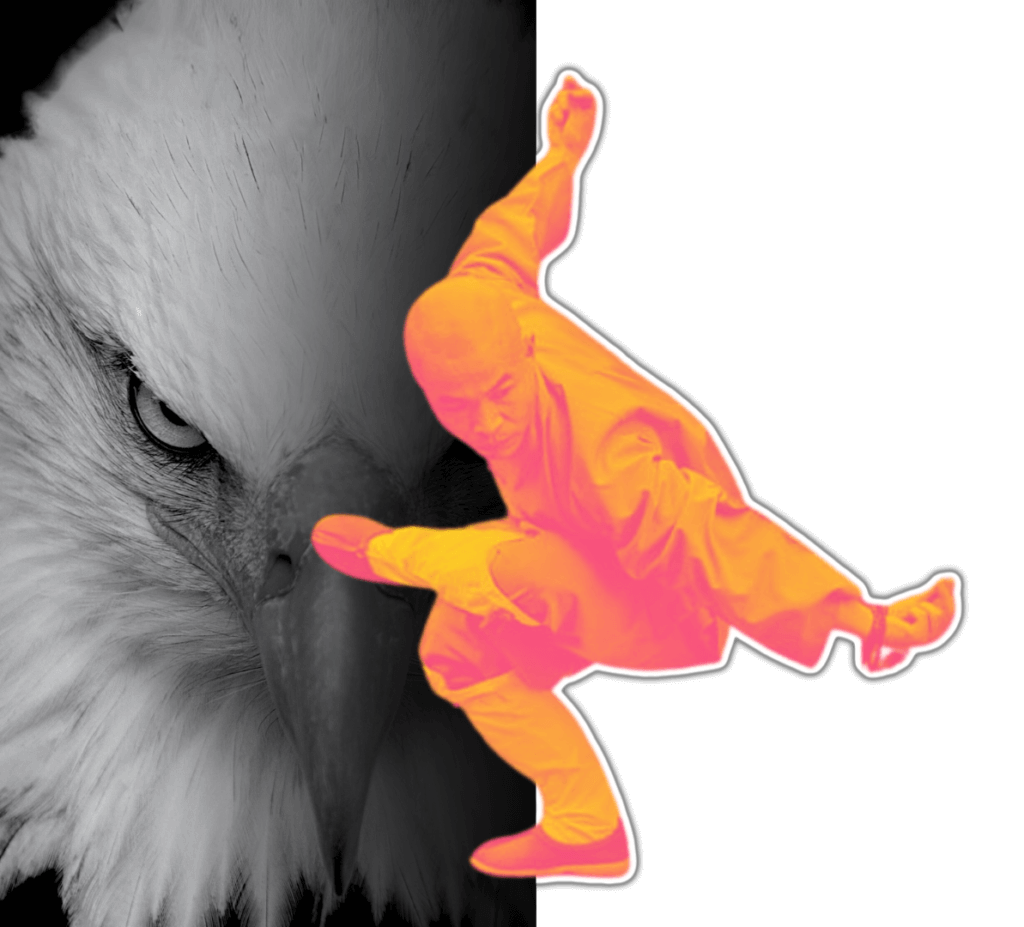
Eagle Style Kung Fu, also known as Eagle Claw, draws inspiration from the eagle’s talons, emphasizing gripping techniques, speed, and precision. Practitioners of Eagle Style utilize sharp, claw-like hand strikes and grabbing techniques to seize and control opponents. Forms such as “Eagle Spreads Its Wings” and “Eagle Snatches Prey” incorporate techniques like claw strikes, grabbing motions, and joint locks. Mastery of Eagle Style requires practitioners to develop strong fingers, wrists, and forearms, as well as keen awareness and timing to execute precise, powerful attacks.
Other Animal Styles
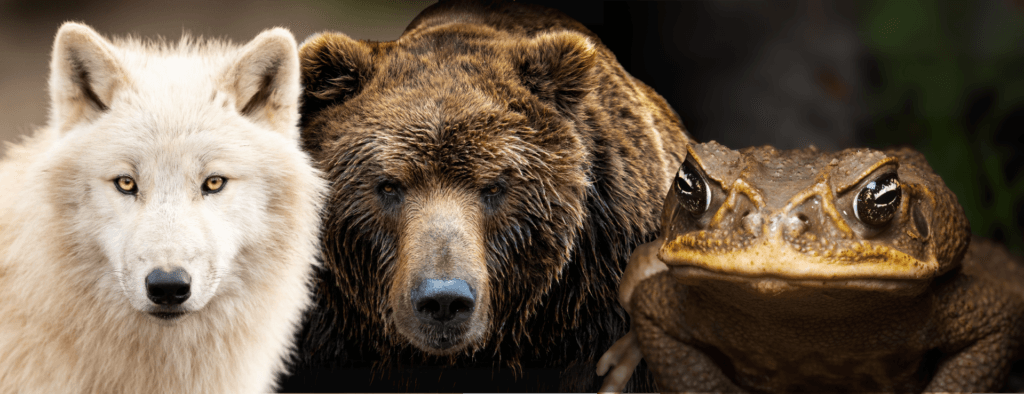
In addition to the classic animal styles mentioned above, there are numerous other animal-inspired Kung Fu styles, each with its own unique characteristics and techniques. These include the Tortoise, Bear, Deer, Horse, Toad, Wolf, and many others. While these styles may not be as well-known as the classic animal styles, they offer practitioners a diverse range of techniques, philosophies, and training methods. Specific examples include:
Scorpion Style (Xie Quan):
Scorpion Style Kung Fu takes its inspiration from the stealthy and lethal nature of the scorpion, incorporating techniques that emphasize precision, speed, and striking power. Practitioners of Scorpion Style utilize swift, precise strikes akin to a scorpion’s stinger, as well as deceptive footwork and subtle feints to catch opponents off guard.
Toad Style (Chan Chu Quan):
Toad Style Kung Fu, also known as Toad Fist or Chan Chu Quan, draws inspiration from the defensive and resilient qualities of the toad. Characterized by its low, grounded stances and explosive, upward strikes, Toad Style emphasizes stability, balance, and internal power. Practitioners of Toad Style utilize techniques such as powerful leaps, crushing stomps, and circular hand movements to neutralize opponents and control the rhythm of the fight.
Bear Style (Xiong Quan):
The Bear Style embodies the raw strength, endurance, and resilience of the bear, focusing on powerful, crushing strikes and unyielding defense. Practitioners of Bear Style utilize heavy, lumbering footwork, sweeping sweeps, and crushing blows to overpower opponents with sheer force and determination.
Drunken Fist: The Unlikely ‘Animal’ Style
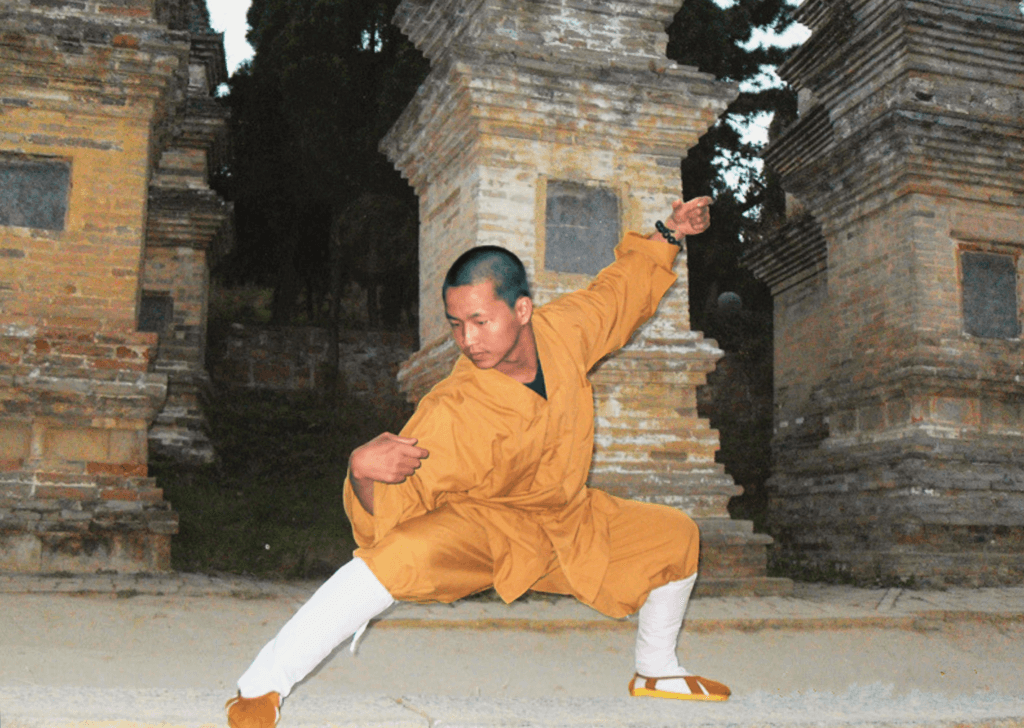
Drunken Fist, also known as Drunken Boxing or Zui Quan, is, in essence, considered an animal style within the realm of Chinese martial arts due to its unique characteristics and movements that mimic the behavior of a drunkard. More specifically, all animal styles and Drunken Fist are considered ‘Imitative Styles’ (Xiangxing Quan). While it may not directly imitate the physical attributes of a specific animal, Drunken Fist embodies the unpredictable, erratic movements and deceptive techniques associated with drunkenness.
The rationale for classifying Drunken Fist as an animal style stems from its origins and the principles behind its techniques. Like animal styles, Drunken Fist is rooted in the observation and emulation of natural phenomena—in this case, the behavior of an intoxicated person. Practitioners of Drunken Fist adopt a swaying, stumbling gait, as well as exaggerated, off-balance movements that resemble those of a drunk individual.
Additionally, Drunken Fist incorporates elements of deception, misdirection, and improvisation, similar to animal styles that utilize cunning and unpredictability to outmaneuver opponents. Techniques in Drunken Fist often involve feints, sudden shifts in direction, and unorthodox strikes, designed to confuse and disarm opponents while capitalizing on openings in their defense.
Furthermore, Drunken Fist practitioners may employ visual and auditory cues, such as slurred speech or exaggerated gestures, to further enhance the illusion of inebriation and lull opponents into underestimating their abilities. By adopting the persona of a drunken fighter, practitioners of Drunken Fist can exploit their opponent’s expectations and reactions to gain a strategic advantage in combat.
In essence, while Drunken Fist may not conform to the traditional notion of animal styles based on physical imitation, its principles, techniques, and strategic approach align with the underlying ethos of animal-inspired martial arts, making it a unique and recognized category within Chinese martial arts.
References in Pop Culture
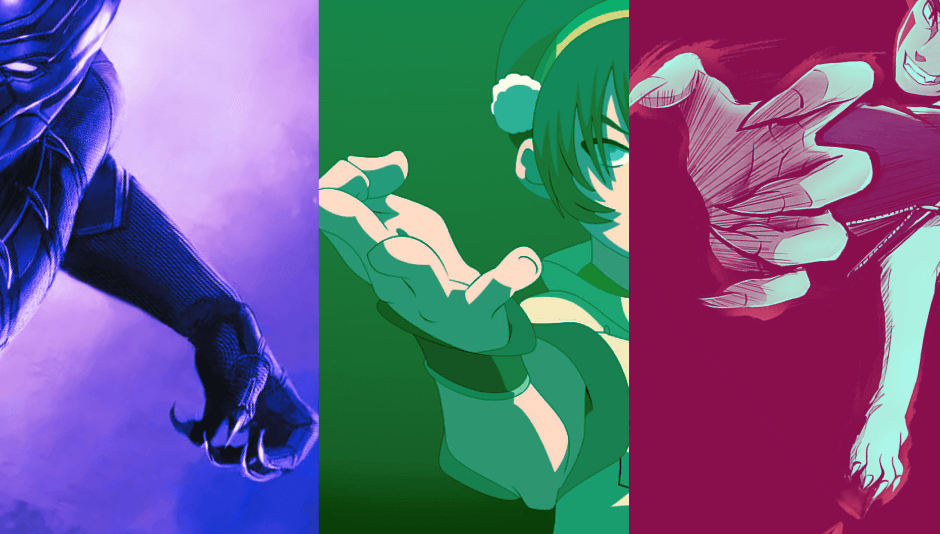
Throughout the realms of pop culture, references to the Kung Fu animal styles abound, showcasing their enduring appeal and influence. From movies and TV shows to video games and literature, these animal styles have left an indelible mark on popular imagination. Some notable references include:
The animated film franchise “Kung Fu Panda” prominently features characters who practice various Kung Fu animal styles, including Po the Panda (who learns the ways of the Dragon Warrior), Tigress (Tiger Style), Crane, Monkey, and Mantis. Each character embodies the traits and techniques of their respective animal styles, leading to dynamic and visually stunning fight scenes.
In the anime series “Naruto,” characters display a variety of animal styles, including Rock Lee’s Druken Fist and Kiba Inuzuka’s Wolf Style techniques (a combination of swift strikes and pack tactics in combat). Additionally, characters like Sarutobi Hiruzen and Monkey King Enma display joint Monkey Style kung fu expertise.
The character Toph Beifong, an Earthbender in the animated series “Avatar: The Last Airbender,” practices a form of Earthbending known as “Southern Praying Mantis Style,” which draws inspiration from the fluid and precise movements of the praying mantis.
Other Characters & Movies:
Numerous martial arts films and TV shows feature characters who employ animal-inspired fighting techniques, paying homage to the rich tradition of Kung Fu animal styles. These include classics like “Enter the Dragon,” “Crouching Tiger, Hidden Dragon,” and “Five Deadly Venoms,” as well as modern blockbusters like “The Matrix” and “Kill Bill.” Below are more examples:
Bruce Lee (Loonatics Unleashed): In the animated series “Loonatics Unleashed,” Bruce Lee is a martial artist with abilities inspired by his namesake, Bruce Lee. He utilizes a fighting style reminiscent of the Tiger Style, incorporating powerful strikes and agile movements.
Black Panther (Marvel Comics): Black Panther, a character from Marvel Comics, is granted his powers from the Panther God Bast, whose blessing is believed grant them ability and guidance to protect their nation and people. He utilizes a fighting style inspired by the movements of a panther, incorporating speed, stealth, and precision strikes in combat.
Kimahri Ronso (Final Fantasy X): Kimahri Ronso is a playable character in the video game “Final Fantasy X” who belongs to the Ronso tribe, a race of humanoid feline creatures. He fights with a style reminiscent of the Lion Style, emphasizing strength, agility, and resilience.
Ranma Saotome (Ranma ½): In the anime and manga series “Ranma ½,” the titular character Ranma Saotome is skilled in the “Cat Fist” technique, which mimics the movements of a cat in combat. This style emphasizes agility, flexibility, and unpredictability.
Cheshire (Young Justice): In the animated series “Young Justice,” Cheshire is a skilled assassin who incorporates elements of a cat-like fighting style into her combat techniques. She utilizes agility, flexibility, and acrobatics to outmaneuver her opponents.
Conclusion
From the ancient teachings of the Shaolin warrior monks to the vibrant tapestry of modern pop culture, the Kung Fu animal styles continue to captivate and inspire audiences around the world. Through their timeless wisdom, dynamic movements, and profound symbolism, these animal styles serve as a testament to the enduring legacy of martial arts and the boundless potential of the human spirit.


